The Gift of South Dakota
Subscriptions to South Dakota Magazine make great gifts!
Subscribe today — 1 year (6 issues) is just $29!
South Dakota’s Little Finland
Small town citizens bleed time and money to keep their communities alive. South Dakota’s best example might be Frederick (pop. 250), one of our northernmost cities. Farmers can still buy and sell corn in town. Neighbors share cups of coffee, stock up on groceries, dine on authentic Mexican specialties and meet for beers — but only because Frederick residents showed their stubborn Scandinavian streak when faced with adversity.
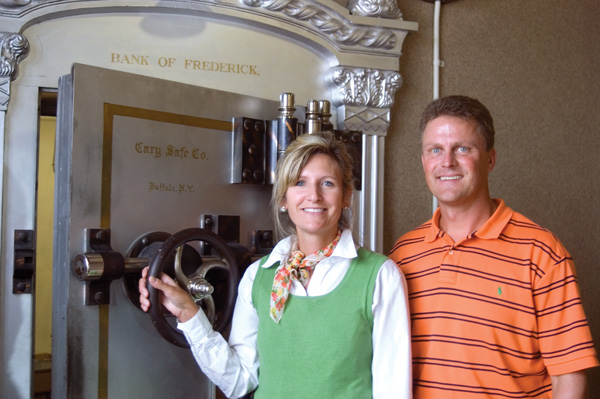 |
| Teresa and Scott Campbell are fifth generation bankers in Frederick, a Brown County town where history and traditions are becoming a routine part of community life and economic development. |
The stubbornness started in the mid 1980s when the grocery store was about to close. Several dozen people pooled their money and bought the store; then they elected a board of seven to oversee the place. The Community Store now grosses $250,000 a year and has become the town’s daytime hub. Men meet there for coffee even before the lights come on.
“We don’t open until 8, but I’m usually here early so I just leave the front door open, and there might be a dozen guys here by 7:30,” says Jim Ulmer, the store manager. “They don’t always stay long unless it’s raining, and then they’ll hang around until 10.” Women gather for coffee at 10:30, and depending on the weather the men might reconvene in the late afternoon from 4:30 to 6.
Frederick’s farmers did the same a decade later when South Dakota Wheatgrowers Cooperative no longer wanted to operate the old, wood-frame grain elevator on the west side of town. Several dozen farmers pooled their resources to keep it open as a place to trade grain and purchase livestock feed. Since then, they’ve added a million bushels of grain storage and a modern truck loading system.
Another potential setback came in the late 1990s when Frederick’s restaurant and bar burned to the ground, leaving citizens without an all-important watering hole (the town hosts a wife-carrying race every June, so perhaps a drinking establishment is essential for the victory celebration). A group of people raised money and built a new building owned by the Frederick Development Corporation. Nicholas White and his sister, Bonnie, lease the bar, opening at 3 every afternoon. The Whites hired Marco Rangel, a Hispanic chef who treats the town to Mexican specialties made from scratch on Friday nights.
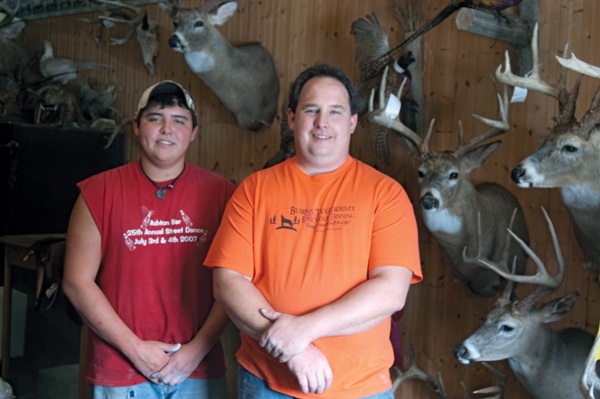 |
| Brown County is a wildlife paradise, and an opportune setting for taxidermists Mark Wooledge (left) and Lance Burns. Their shop is on Frederick's main street. |
A belief in collective ownership (some might call it modified socialism) may be engrained in the genes of many residents who date their ancestry to Finns who settled northern Brown County at the suggestion of a railroad official in the 1880s. Many of the settlers came from the forested province of Savo in Finland, and today some of their descendants still live and farm in Savo Township, and worship Sunday mornings at Savo Lutheran Church.
Others rest in the North and South Savo cemeteries. Their memory is honored every June with a Finn Fest that includes the aforementioned wife-carrying competition and a boot-throwing contest. World championships for those events are held in small farming towns in Savo province, which is not far from the Arctic Circle.
Frederick’s locale — 26 miles north of Aberdeen along Highway 281, just shy of the North Dakota border — is tropical by comparison. Only 250 people live within the city limits, but the town’s high school keeps rural families involved for miles around. The school, a handsome old brick structure at the east end of Main Street, educates about 200 students in 12 grades.
Main Street also has businesses that survive without collective ownership, most notably First National Bank, run by the Campbell family since 1914. Scott Campbell swept floors there as a teen, and eventually was promoted to teller. Today he is the fifth-generation bank president, making loans in the same stone building where his great-grandfather worked. Pictures of First National’s past presidents are framed on the east wall. Banking may be more profitable in other places, but Scott and his wife, Teresa, a former teacher who also works in the bank, say Frederick is where they want to be.
“I grew up here, I like the small-town atmosphere and I love dealing with the customers,” said Scott.
“And you love to hunt and fish,” said Teresa with a grin.
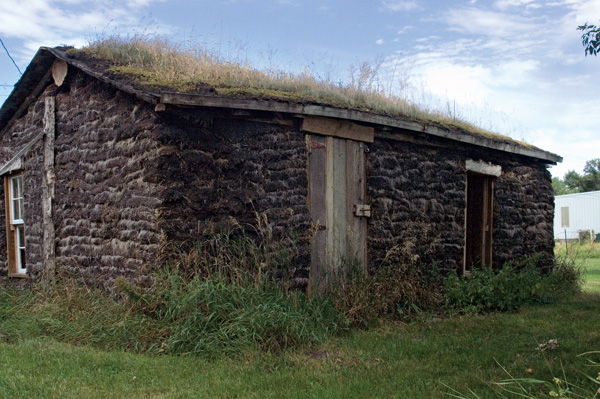 |
| Frederick noted its 125th year in 2007 by starting a museum in an old saloon and by building a sod house. |
Pheasant, waterfowl and deer are everywhere in Brown County, which is home to the sprawling 21,000-acre Sand Lake National Wildlife Refuge. The maze of lakes, cattails, grasslands and trees has 266 species of birds and is considered one of America’s best bird-watching sites.
The area’s bounty of wildlife helps to account for another Frederick business, Lone Wolf Tanning & Burns Taxidermy, just up the street from the bank. Lance Burns and Mark Wooledge practice their art under the stolid eyes of whitetail, walleye and other critters. “We’ll do close to a hundred deer this year,” Burns said, “along with 20 buffalo heads. And we’ll tan a lot of buffalo hide and do a lot of fish.” One of their next projects is a nine-foot grizzly shot in Alaska by a North Dakota outfitter.
Frederick hadn’t had a gas station for several years, so you can imagine the enthusiasm when Jim Dumire re-opened the old Coop Service Station a year ago. But the town is getting much more than unleaded gas and free air. Dumire and his wife, Kay, returned to their hometown with a wealth of ideas and enthusiasm.
The Dumires, lifelong historians and collectors, located an antique store in the station’s repair shop, and soon will open an old-time ice cream parlor near the curved-glass window in the lobby. “The place wasn’t all that bad,” Jim said. “It just needed some TLC.”
They are also active in the museum, located down the street from the station. “We have two schoolhouses to move there to refurbish,” Jim says. “A bunch of us are trying to resurrect Main Street. That’s what we’re doing. We’ve got a half-dozen younger folks who are really energetic and some old-timers like me. It takes all kinds to make things work.”
Dumire apologized for being hard to find on the day we visited town. He was attending a grant-writing seminar in Fargo, hoping to learn tricks on how to raise money for the museum and other town projects. “We’d also like to fix the old city auditorium,” he says. The roof caved in on the grand, concrete structure a few years ago, and it now sits vacant.
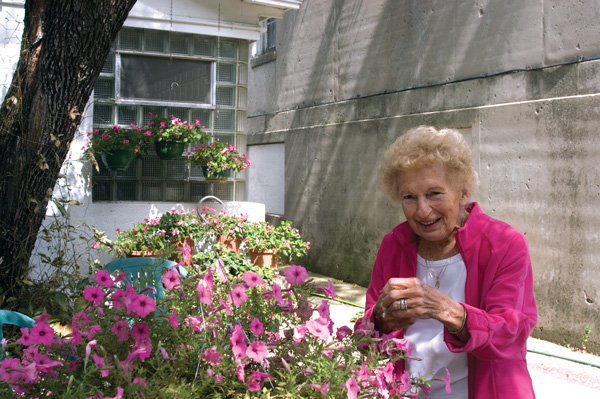 |
| One of Frederick's alleys is beautifully landscaped thanks to Mel Glarum. |
But the rear of the auditorium is attractive, thanks to 88-year-old Mel Glarum. She came to town in 1945 with her husband to run the pharmacy, which was just east of the auditorium. The Glarums lived in an apartment in the back, and that’s where we met Mel — tending to flowers and bushes in the back alley. Her landscaping extends to the back of the auditorium as well as to another century-old building to the west. The blend of greenery, flowers and old architecture give Mel’s back alley a European flavor. You get the feeling that if she were a few years younger she’d extend the look on down the street. “I guess I could move anywhere if I wanted to,” she said. Her three daughters have all left the state. “But the town is quite special to me.”
The pharmacy closed when her husband died in the 1960s. Today a community library is located in her building. A post office, senior center and the museum are other notable stops on Main Street, plus a 1916 jailhouse, once featured in Smithsonian magazine, that still seems sturdy enough for one-night sentences.
The senior center hosts pancake breakfasts every Saturday morning during hunting season as a fundraiser for Finn Fest. Volunteers fry traditional pancakes, and they also bake platter-size Finnish pancakes topped with syrups made from local berries.
The museum is a new organization fittingly housed in one of the town’s most historic structures, a social hall where Masons met and school events were held. Later it became a saloon. Near the museum is a new sod house, built in 2007 as a project for the town’s 125th birthday party, which was the genesis for today’s Finn Fest.
Midsummer celebrations were held years ago at Savo Hall, northeast of town. Services at Savo Church across the road were still spoken in Finnish in the 1940s and 1950s. Today’s members pray and sing in English, but many can still speak their ancestors’ language, and several families keep in contact with their overseas cousins.
Germans settled on the farms north of Frederick. Norwegians and Swedes also helped start the town. But they all join gaily in the new Finn Fest, and much of the fun centers around the boot-throwing and wife-carrying contests. Quite specific rules are established for both competitions. Boots must be thrown underhanded, for example. And while the wife-carrying contest doesn’t require a marriage certificate or even a ring, the female does have to weigh at least 108 pounds. And it’s not a simple race: the “wife” must be carried 780 feet, past water hazards, logs, bushes, low-hanging branches and other obstacles.
The festival also features a juhannuskokko, or midsummer bonfire, an observance that dates to pre-Christian times in Finland when evil spirits were warded off by bonfires on the lakes. Frederick residents try their best to authenticate the event. Dale Groop, a local farmer and jack-of-all-trades, builds a raft that is floated onto the Maple River in Simmons Park. Finn Fest leaders hoped to light the structure with a flaming arrow shot from shore, but that proved to be harder than it looks in old Viking movies. One of the festival promoters learned that sparklers tied to a tampon stay lit in the air, but that hardly sounds like a real Finnish solution. For now, Groop rows out in a canoe and ignites the ceremonial raft with a barbecue lighter.
Some ways are better in the New Country.
Editor's Note: This story is revised from the November/December 2010 issue of South Dakota Magazine. To order a copy or to subscribe, call (800) 456-5117.


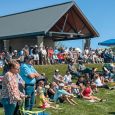
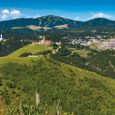

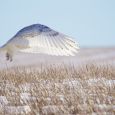
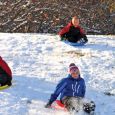
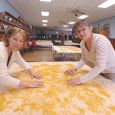
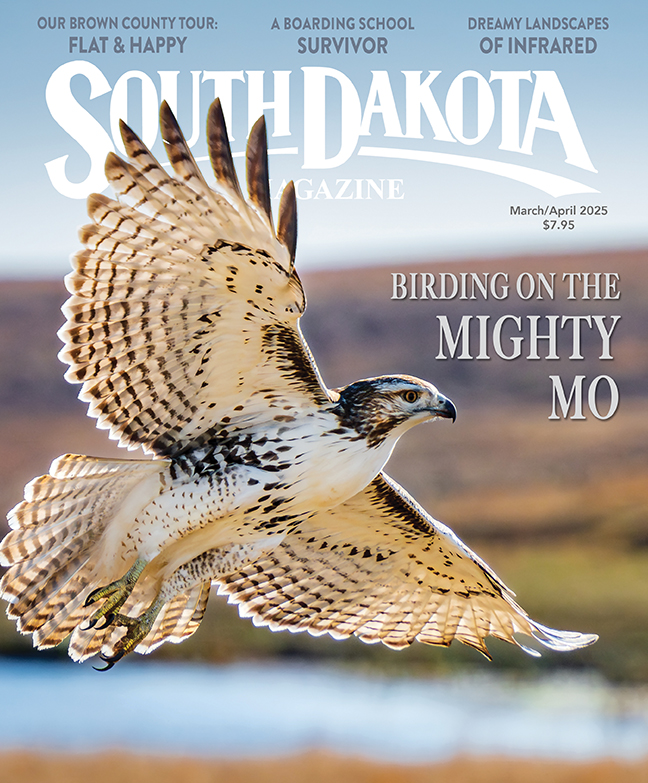

Comments
They were all farmers now only one cousin left that farms. I enjoyed reading about Fredrick.
My uncle Toivo (sorry don't remember his last name) played in the band in the 30's. So maybe that was the band Oscar was involved in?
That jail got me in trouble. I was visiting in the summer of 1980. I knew the siren blew at a certain time every night. My aunt and uncle stopped to visit while I was there along with my cousins. I took my cousins who were 12 and younger to the jail, telling them there was a ghost (the ghost being the siren) Sadly, the town grouch (a middle-aged guy that no one liked) came along and tried to bully us for being near it. I deflected him as much as possible, but he got the sheriff to come by. As soon as he stopped, by the siren went off, and my youngest cousin (5) already scared by the grouch and now the sheriff as the took off back to grandma's. Grandma loved telling that story all summer.
Lee was a senior, running back, at Northern State in 1970, from Frederick, when I was a freshman. A repeat high school All-State player; Lee was the best small college running back, I have ever seen play. He was an All-American at Northern, and in today's world, with the internet, he would have been recruited by several major college programs. Northern was in the SDIC Conference, at that time, seldom threw a pass, and ran up scores of 50 to 6 routinely, with Wilson getting most of the carries.
I talked to Lee, at a Northern game, a few years, ago. We reminisced about the bench clearing Huron College game, in 1970.
We are proud that Frederick Forward is a member of Finlandia Foundation National.